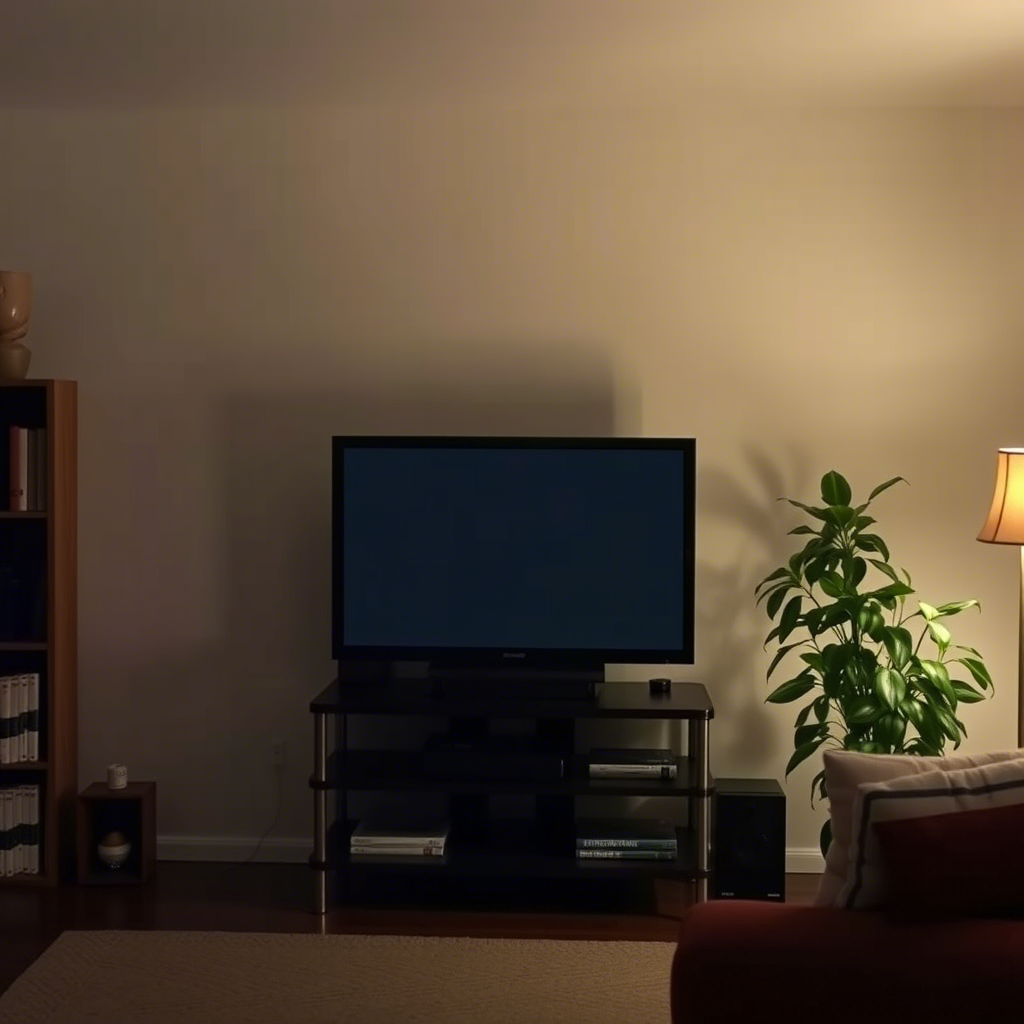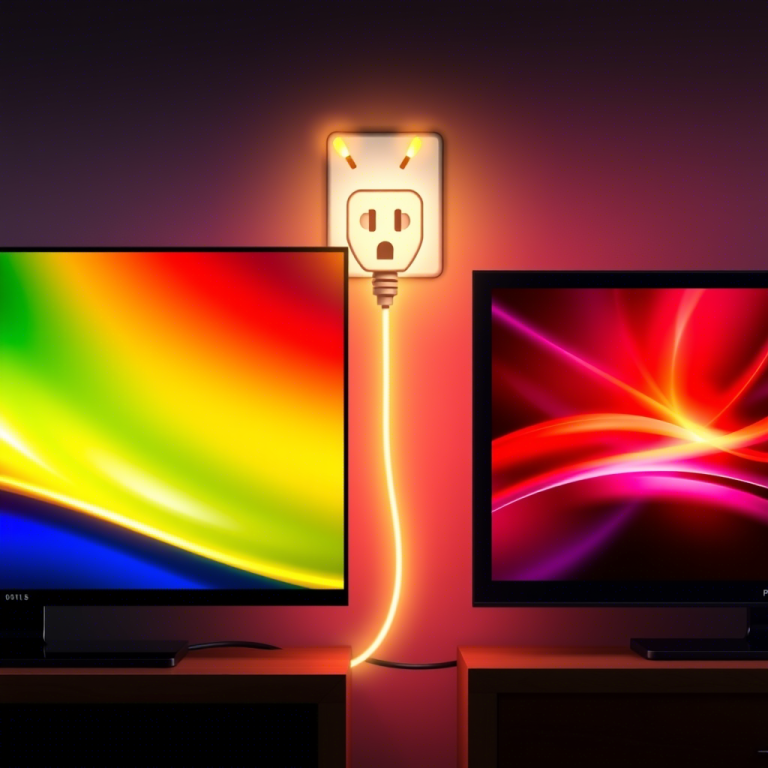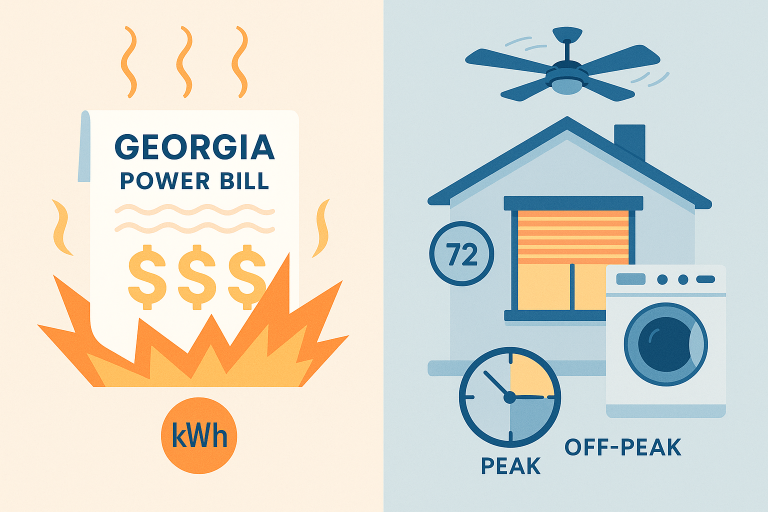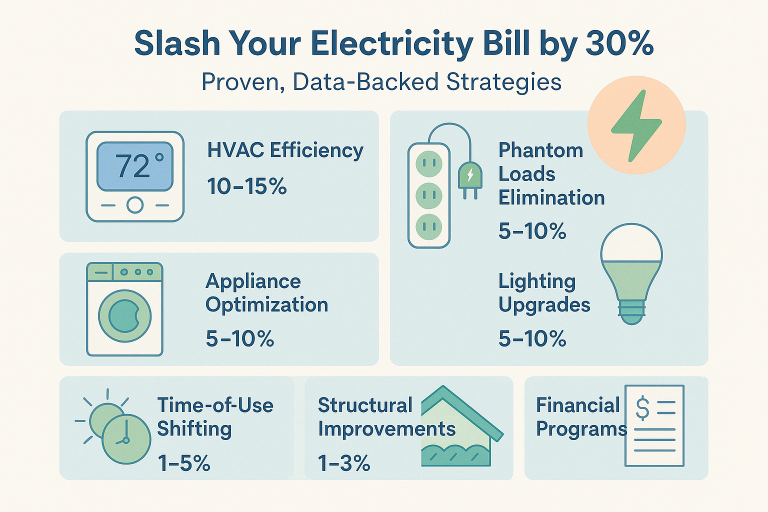Turns Out, Your TV Is Sucking Up Electricity 24/7—Even When It’s Off!
In today’s hyper-connected world, it’s easy to overlook the small things that might be costing us big money. Take your television, for example. Sure, you turn it off at night or when you leave the house—but did you know it could still be consuming electricity? That’s right: even in its “off” state, your TV is quietly sipping power from the grid, contributing to higher energy bills and unnecessary environmental impact.
This sneaky phenomenon isn’t limited to just your TV. Devices like phone chargers, coffee makers, gaming consoles, and even microwaves are guilty of the same behavior. Collectively, these devices can cost you hundreds of dollars every year—all while sitting idle. The culprit? Standby power.
What Is Standby Power?
Standby power, also known as “vampire power” or “phantom load,” refers to the electricity consumed by electronics when they’re not actively in use but remain plugged into an outlet. Many modern devices are designed with features like instant-on functionality, remote control capability, and LED indicator lights—all of which require a constant trickle of electricity to operate.
According to studies, standby power accounts for up to 10% of residential electricity usage nationwide. For the average household, this means roughly 100–200 per year is wasted on powering devices that aren’t even being used. While this may seem insignificant compared to other expenses, over time, the costs add up, especially when multiplied across millions of households.
Why Should You Care About Standby Power?
The implications of standby power go far beyond your monthly utility bill. Understanding why this issue matters can help motivate you to take action:
1. Higher Energy Bills
Every watt counts. While each device may only consume a small amount of power individually, the cumulative effect across multiple appliances adds up quickly. For instance, a single cable box left plugged in can draw around 20 watts continuously, leading to approximately 25–30 per year in wasted energy costs. Multiply that by several devices, and suddenly the numbers become substantial.
2. Environmental Impact
Wasted energy contributes directly to greenhouse gas emissions. Power plants generate electricity primarily through fossil fuels, such as coal and natural gas, which release carbon dioxide and other pollutants into the atmosphere. By reducing standby power consumption, you’re helping lower your carbon footprint and supporting global efforts to combat climate change. Every kilowatt-hour saved reduces the demand for non-renewable energy sources, making a meaningful difference for the planet.
3. Energy Efficiency
With rising concerns about sustainability and resource conservation, minimizing phantom loads is one step toward creating more efficient homes. Governments and organizations worldwide are pushing for stricter energy efficiency standards, and individuals play a crucial role in driving progress. Taking steps to reduce standby power aligns with broader goals of achieving net-zero emissions and fostering smarter energy practices.
Common Culprits of Phantom Power Drain
Here are some everyday items that are likely drawing power even when turned off:
- Televisions : Modern smart TVs often stay connected to the internet to receive updates and allow quick startup times. This feature ensures seamless streaming and app functionality but comes at the cost of continuous energy consumption.
- Chargers : Phone chargers continue to draw power if left plugged into the wall, whether or not a device is attached. Even when no phone is connected, the transformer inside the charger remains active, consuming a small yet persistent amount of electricity.
- Gaming Consoles : Systems like PlayStation and Xbox maintain background processes such as updates and cloud saves. These consoles often enter a low-power mode rather than fully shutting down, resulting in significant energy waste unless manually powered off.
- Coffee Makers : Even without brewing, many models keep their digital clocks running. Additionally, programmable machines may retain settings or timers that require a steady flow of electricity.
- Set-Top Boxes : Cable boxes and DVRs are notorious for high standby power consumption. Some older models can consume nearly as much energy in standby mode as they do during active use, making them particularly wasteful.
- Computers and Printers : Desktop computers, laptops, and printers often remain in sleep or hibernation modes, which still draw power to maintain network connections or prepare for rapid wake-up.
How to Stop the Energy Suck
Fortunately, there are simple solutions to curb phantom power drain and save both money and energy. Here are a few practical tips:
1. Unplug Devices
Unplugging electronics when they’re not in use is the most straightforward way to eliminate standby power. However, this method can be inconvenient, especially for frequently used gadgets. To make unplugging easier, group devices together and use multi-outlet surge protectors so you can disconnect multiple items simultaneously.
2. Use Smart Power Strips
Smart power strips are game-changers. These innovative tools detect when a device is idle and automatically cut off power to it. They often come with designated outlets for always-on essentials (like routers) and controlled outlets for other electronics. For example, when you turn off your TV, the smart strip will automatically cut power to peripheral devices like soundbars and gaming consoles, ensuring nothing stays on unnecessarily.
3. Enable Energy-Saving Modes
Check your device settings for energy-saving options. Many TVs, computers, and gaming consoles offer modes that reduce power consumption during downtime. Adjusting display brightness, enabling automatic shutdown timers, and disabling unnecessary background processes can all contribute to reduced energy usage.
4. Invest in ENERGY STAR Appliances
Look for products certified by ENERGY STAR, which meet strict efficiency guidelines set by the U.S. Environmental Protection Agency. These appliances are designed to minimize standby power usage. For example, ENERGY STAR-certified televisions typically use 25% less energy than standard models, and certified set-top boxes can reduce standby power by up to 50%.
5. Conduct a Home Audit
Use a plug-in energy monitor to identify which devices are consuming the most power when idle. These affordable devices measure real-time energy usage and provide insights into how much each appliance costs to run. Armed with this information, you can prioritize where to make changes and track improvements over time.
Small Changes, Big Savings
Addressing standby power doesn’t require drastic lifestyle changes. By incorporating a few smart strategies, you can significantly reduce your home’s energy waste. Not only will you see savings reflected in your monthly utility bill, but you’ll also contribute to a greener planet.
For example, switching to smart power strips alone can save you 50–100 annually, depending on the number of devices in your home. Similarly, replacing old electronics with energy-efficient alternatives can yield long-term benefits, both financially and environmentally.
The Bigger Picture
While individual actions may seem small, collective efforts have a profound impact. If every household in the United States reduced standby power consumption by just 1%, it would result in massive energy savings equivalent to taking thousands of cars off the road. By making conscious choices about how we use and manage our electronics, we can create a ripple effect that extends far beyond our own homes.
So next time you hit the “off” button on your TV or unplug your charger, remember: appearances can be deceiving. Just because something looks off doesn’t mean it’s truly out of commission. Take charge of your energy consumption—and stop letting your electronics bleed you dry!
By making these adjustments, you’ll prove once and for all that turning things off really does save energy—no tricks, no gimmicks, just real results. And in doing so, you’ll join a growing movement of people committed to smarter, cleaner, and more sustainable living.





